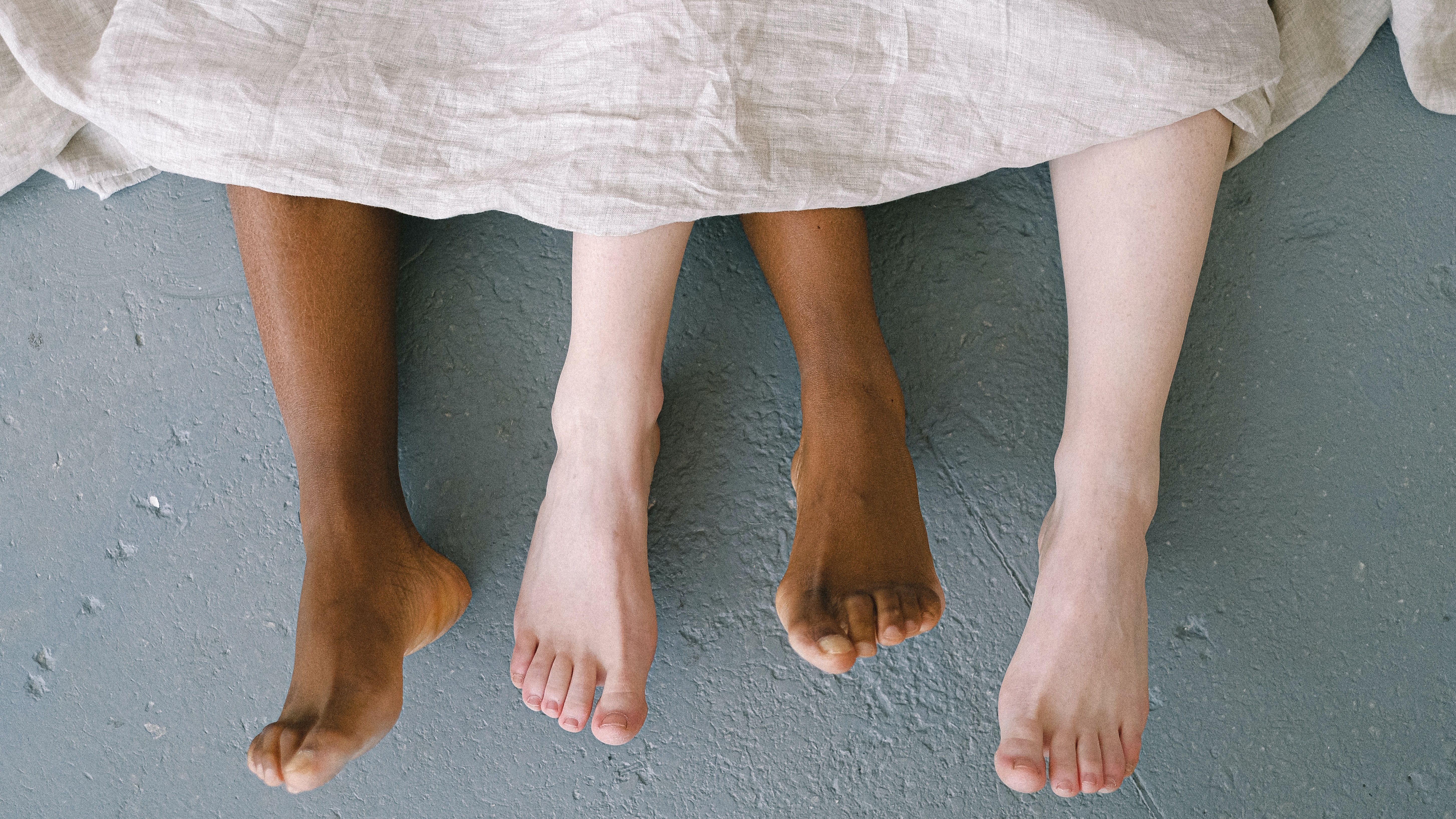Feet are the basis for our walking.
Athlete’s foot is a common infection that’s easy to treat, but it can become complicated or even spread to other parts of the body, such as the groin.
Cleaning and caring for your feet is crucial to avoiding athlete’s foot.
What are the most common diseases in summer?
he Athlete’s foot Is a Fungal skin infection that usually starts between the toes. It usually occurs in people whose feet sweat a lot when wearing tight shoes. It can be treated with antifungal medications, but the infection often returns.
Athlete’s foot May affect one or both feet. The most common symptoms are: Cracked or peeling scaly skin between the toes; Itching, especially after taking off shoes and socks; Inflammation of the skin, which may be reddish, purple, or gray, depending on the color of the skin; Burning or stinging; blisters; and the spread of dry, scaly skin on the soles of the feet.
If you develop a rash on your feet that doesn’t improve within two weeks of starting self-treatment with an over-the-counter antifungal product, Consult a doctor. Also see your doctor if you have diabetes and suspect athlete’s foot or if you experience symptoms such as swelling, pus, or fever.
Causes of athlete’s foot
Athlete’s foot This is caused by the same fungus that causes ringworm and jock itch.. Damp socks and shoes, warm conditions, and humidity promote the growth of these microorganisms. This condition is contagious It can be spread through contact with an infected person or contaminated surfaces such as towels, floors and shoes. You can also spread it from your feet to other parts of your body, especially if you scratch or touch infected parts of your feet.
you run Increased risk of athlete’s foot If you often wear closed-toe shoes, sweat a lot, share carpets, blankets, bedding, clothing, or shoes with someone who has a fungal infection, or walk barefoot in public places where the infection can spread, such as locker rooms, saunas , swimming pool, bathrooms and public showers.
{{ #cards }}
{{#section.link.href}} {{section.link.title}} {{/section.link.href}}
{{title.data}}
{{/card}}
yes Infection usually spreads from the feet to the groin, because the fungus can be spread through hands or towels. Additionally, athlete’s foot can sometimes cause bacterial infections.
Here are some tips to prevent athlete’s foot
Doctors can diagnose athlete’s foot simply by looking at it.Some types of athlete’s foot may look like dry skin or dermatitis, to help relieve Confirm the diagnosis and rule out other conditions, the doctor may take a skin sample from the affected area for examination in a laboratory. In the most severe cases, treatment should always be followed as prescribed by your doctor.
How to prevent it?
These tips can help you Avoid athlete’s foot or don’t spread athlete’s foot To others:
- Let your feet breathe: If you can, wear sandals to give your feet as much air as possible.
- wash feet every day: Rinse and dry feet with warm soapy water, especially between toes. If you are prone to athlete’s foot, apply medicated foot powder or other medicated powder.
- Change socks regularly: Change socks at least once a day, more often if your feet sweat more. Moisture-wicking socks, such as cotton socks, are better at keeping your feet dry than nylon socks.
- Spare footwear: Wear different shoes every day. This will give your shoes time to dry after each use.
- Protect your feet in public places: Wear sandals or waterproof shoes around public pools, showers and changing rooms.
- Understand the risk factors for spreading disease: If you live with other people, do not share shoes or unwashed bedding or towels.

